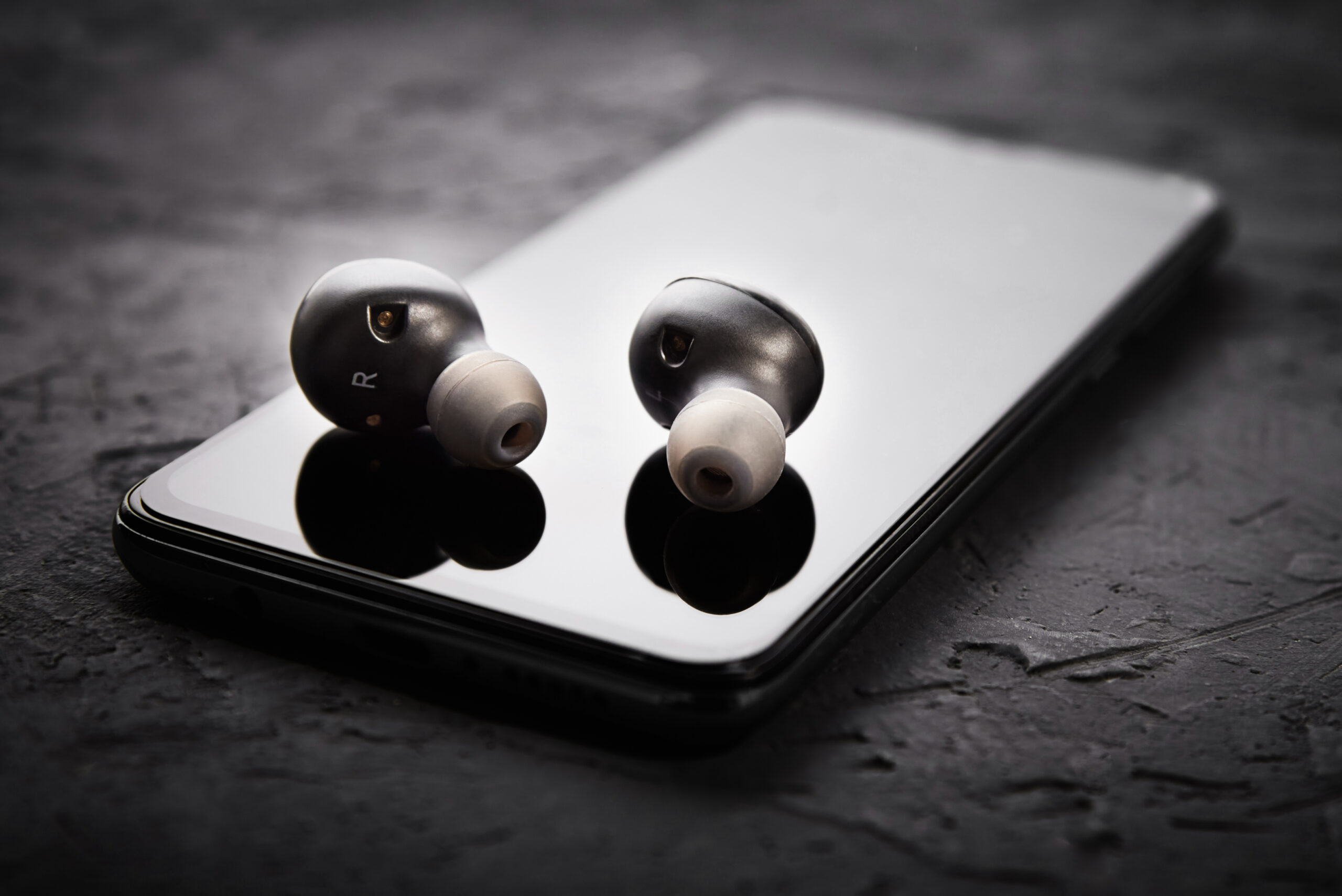Bluetooth is far better than the infrared technology that used to be popular in the past especially when you need to transfer relatively large file than infrared throughput. Bluetooth was game changer over infrared and this article will tell you more about this technology.
The technology behind Bluetooth
As a curious fact, this wireless technology was name after tenth-century Danish King Harald Bluetooth.
Bluetooth was designed to create small wireless networks, which were typically preconfigured to perform some specific tasks. Some great examples of them are wearable technologies like mini audio devices like headsets, automated entertainment systems that connects your smartphone to them, personal area network (PANs) which links two computers for a quick wireless network. There are countless other devices available these days like computer peripheral devices, speakers etc.
The first and second generations of Bluetooth
Like any other technology, Bluetooth has been upgraded over the years to make it faster than the predecessors. The very first generation Bluetooth was version 1.1 and 1.2, which supported around 1 Mbps. Which was still not great throughput than infrared but what was great is the stability of the connection. The second generation came in with 2.0 and 2.1 which is backward compatible with its first generation and adds support for more speed. Version 2.0 and 2.1 incorporated a new technology called Enhanced Data Rate (EDR), which pushes top speed to around 3 Mbps.
The second and the fourth generations of Bluetooth
The third generation 3.0 + HS made a massive break through with the throughput topping out at 2 Mbps but this is accomplished over and 802.11 connection. The +HS stands for High Speed is optional. Rather they keep on developing better versions which led to the fourth generation of Bluetooth (4.0, 4.1 and 4.2) also called Bluetooth Smart, is largely focused on improving Bluetooth’s suitability for use in a networked smart devices and appliances by reducing the cost and power consumption, with increased speed and security and as well as introduced IP connectivity. It all sounds enough. But this is not where it was stopped. They further developed to its latter versions.
The recent generation of Bluetooth
The fifth generation was out with name just simply Bluetooth 5. Which added options for better support for the internet of things (IoT) devices like smart speakers, light and list goes on. The IEEE organizations made first-generation of Bluetooth the basis for its 802.15 standard for wireless PANs. The way Bluetooth works is they broadcast method which switches between any of the 79 frequencies available in the 2.45 GHz range. Bluetooth exert frequencies some around 1600 times per second making it extremely resistant to various of interference.

